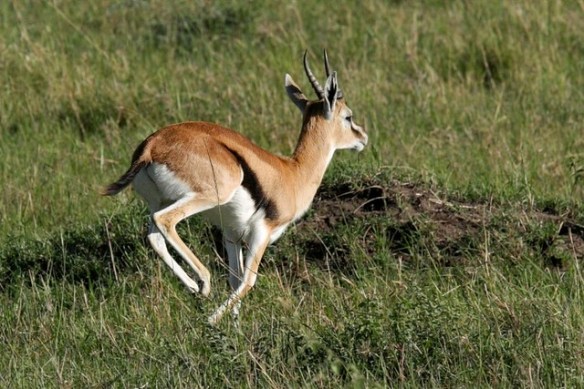
Cross-posted from Nothing in Biology Makes Sense!
A huge diversity of flowering plants rely on animals to carry pollen from one flower to another, ensuring healthy, more genetically diverse offpsring. These animal-pollinated species are in a somewhat unique position, from an evolutionary perspective: they can become reproductively isolated, and form new species, as a result of evolutionary or ecological change in an entirely different species.
Evolutionary biologists have had good reason to think that pollinators often play a role in the formation of new plant species since at least the middle of the 20th century, when Verne Grant observed that animal-pollinated plant species are more likely to differ in their floral characteristics than plants that move pollen around via wind. More recently, biologists have gone as far as to dissect the genetic basis of traits that determine which pollinator species are attracted to a flower—and thus, which flowers can trade pollen.
However, while it’s very well established that pollinators can maintain isolation between plant populations, we have much less evidence that interactions with pollinators help to create that isolation in the first place. One likely candidate for such pollinator-mediated speciation is Joshua tree, the iconic plant of the Mojave Desert.
Continue reading







